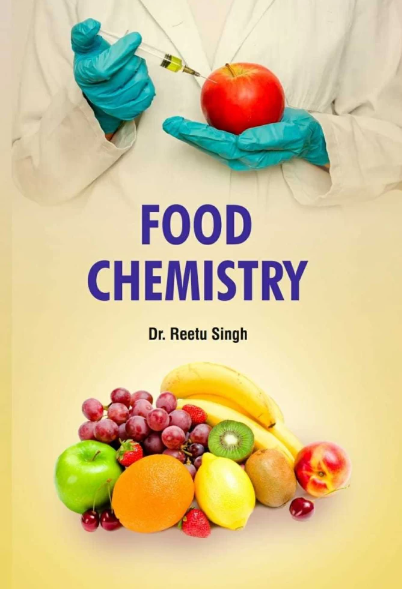Under the combined application of selenium and sulfur, sulfur does not interfere with selenite uptake in Tartary buckwheat
IF 8.5
1区 农林科学
Q1 CHEMISTRY, APPLIED
引用次数: 0
Abstract
Selenium and sulfur present comparable physicochemical properties and have similar absorption and assimilation pathways in crops. The factors influencing absorption in crops are often attributed to the interaction between sulfur and selenium. Therefore, investigating the effect of sulfur on selenium absorption in Tartary buckwheat is crucial. In a two-year pot experiment, Tartary buckwheat “Heifeng No. 1” was used, and a random block design was adopted. Four selenium levels (0, 0.25, 0.5 and 1 mg/kg) and five sulfur levels (0, 40, 80, 100 and 200 mg/kg) were set for soil-based application to study the effects of combined selenium and sulfur application on the selenium content in various tissues of Tartary buckwheat plants. For the treatment, S0Se0 was used as the CK treatment. Research has demonstrated that the application of selenium significantly increased the selenium content in various tissues of Tartary buckwheat plants at different growth stages, which was positively correlated with the concentration of selenium that was applied. The selenium content in different tissues of Tartary buckwheat plants is distributed mainly in the roots and leaves at the seedling stage, in the grains at the maturity stage and in the leaves at other stages. The combined application of selenium and sulfur influenced the selenium content in each tissue of Tartary buckwheat plants; however, under identical selenium concentrations, varying sulfur concentrations did not significantly affect selenium levels in different tissues. These findings provide a basis for the production of safe selenium-enriched Tartary buckwheat products in extensive sulfur-deficient regions.在硒和硫配施条件下,硫不影响苦荞对亚硒酸盐的吸收
硒和硫具有相似的物理化学性质,在作物中具有相似的吸收和同化途径。影响作物吸收的因素通常归因于硫和硒的相互作用。因此,研究硫对苦荞硒吸收的影响具有重要意义。盆栽试验2年,选用黑峰1号苦荞,采用随机区组设计。设置4个硒水平(0、0.25、0.5和1 mg/kg)和5个硫水平(0、40、80、100和200 mg/kg)的土基施用,研究硒硫配施对苦荞植株各组织硒含量的影响。处理时,采用sose0作为对照处理。研究表明,施硒显著提高了苦荞植株不同生育期各组织中硒的含量,且硒含量与施硒浓度呈正相关。苦荞植株不同组织中的硒含量主要分布在苗期的根和叶片中,成熟期的籽粒中,其他时期的叶片中。硒与硫配施对苦荞植株各组织硒含量有影响;而在相同硒浓度下,不同硫浓度对不同组织中硒含量的影响不显著。这些发现为在大面积缺硫地区生产安全的富硒苦荞产品提供了基础。
本文章由计算机程序翻译,如有差异,请以英文原文为准。
求助全文
约1分钟内获得全文
求助全文
来源期刊

Food Chemistry
工程技术-食品科技
CiteScore
16.30
自引率
10.20%
发文量
3130
审稿时长
122 days
期刊介绍:
Food Chemistry publishes original research papers dealing with the advancement of the chemistry and biochemistry of foods or the analytical methods/ approach used. All papers should focus on the novelty of the research carried out.
 求助内容:
求助内容: 应助结果提醒方式:
应助结果提醒方式:


